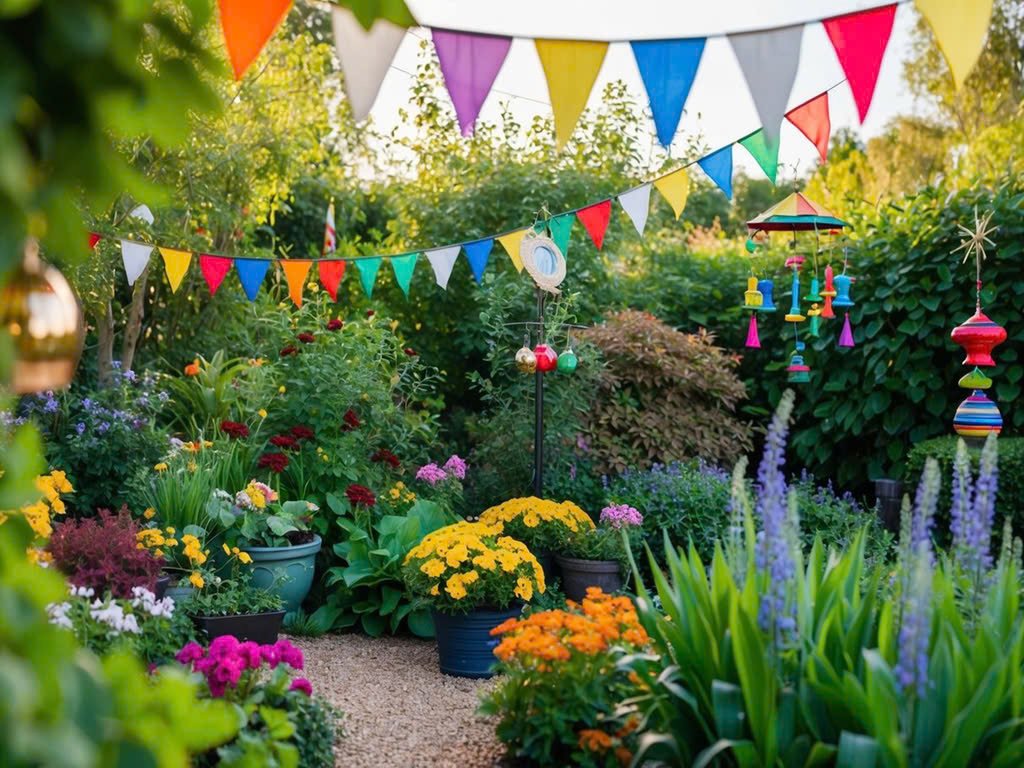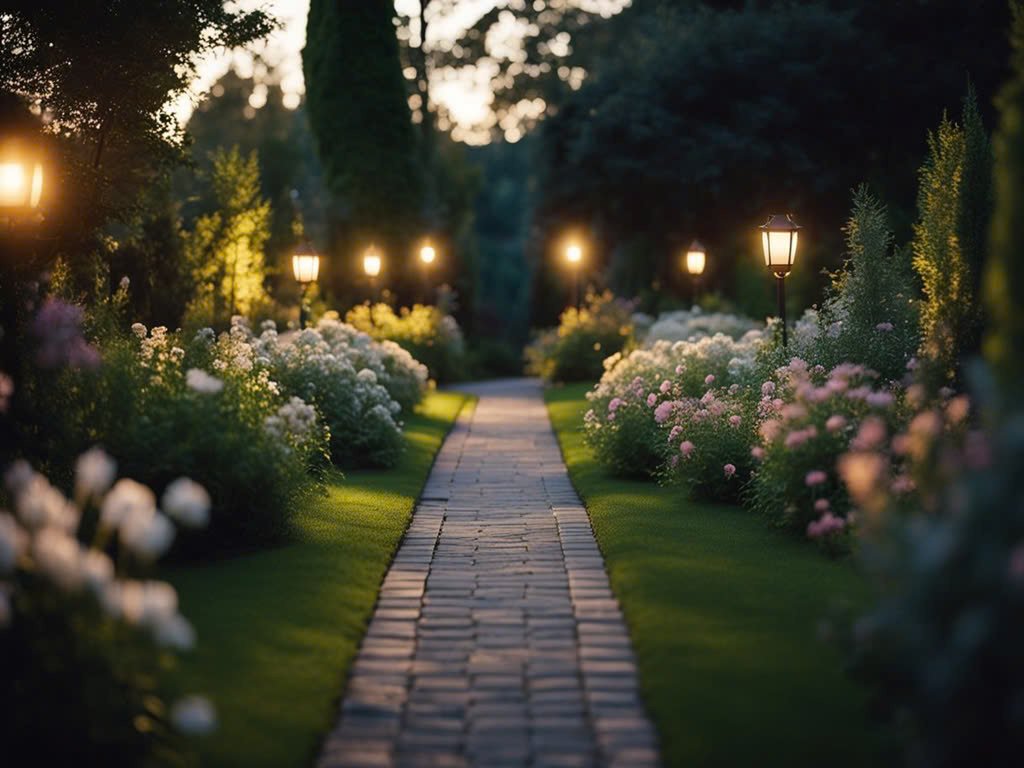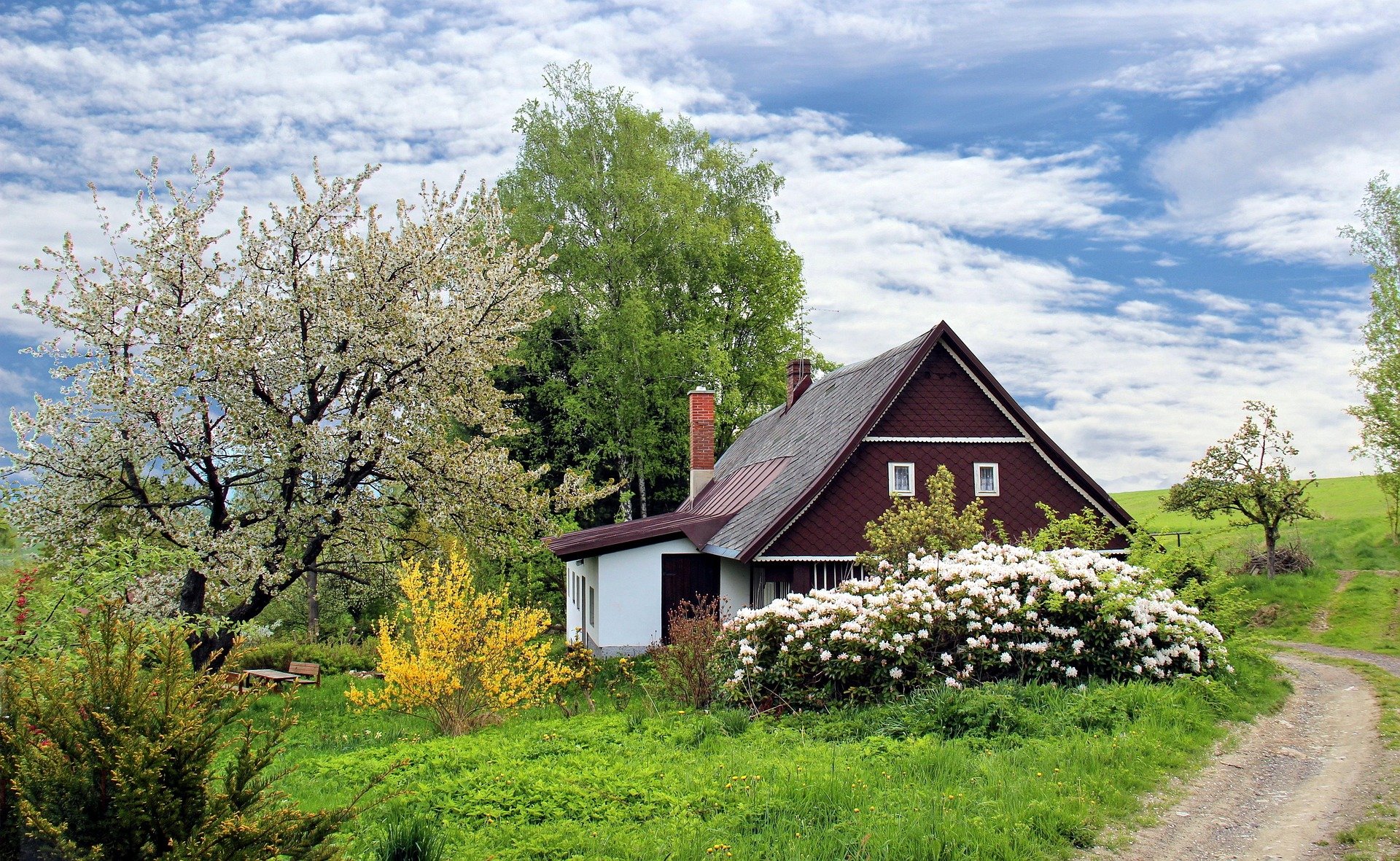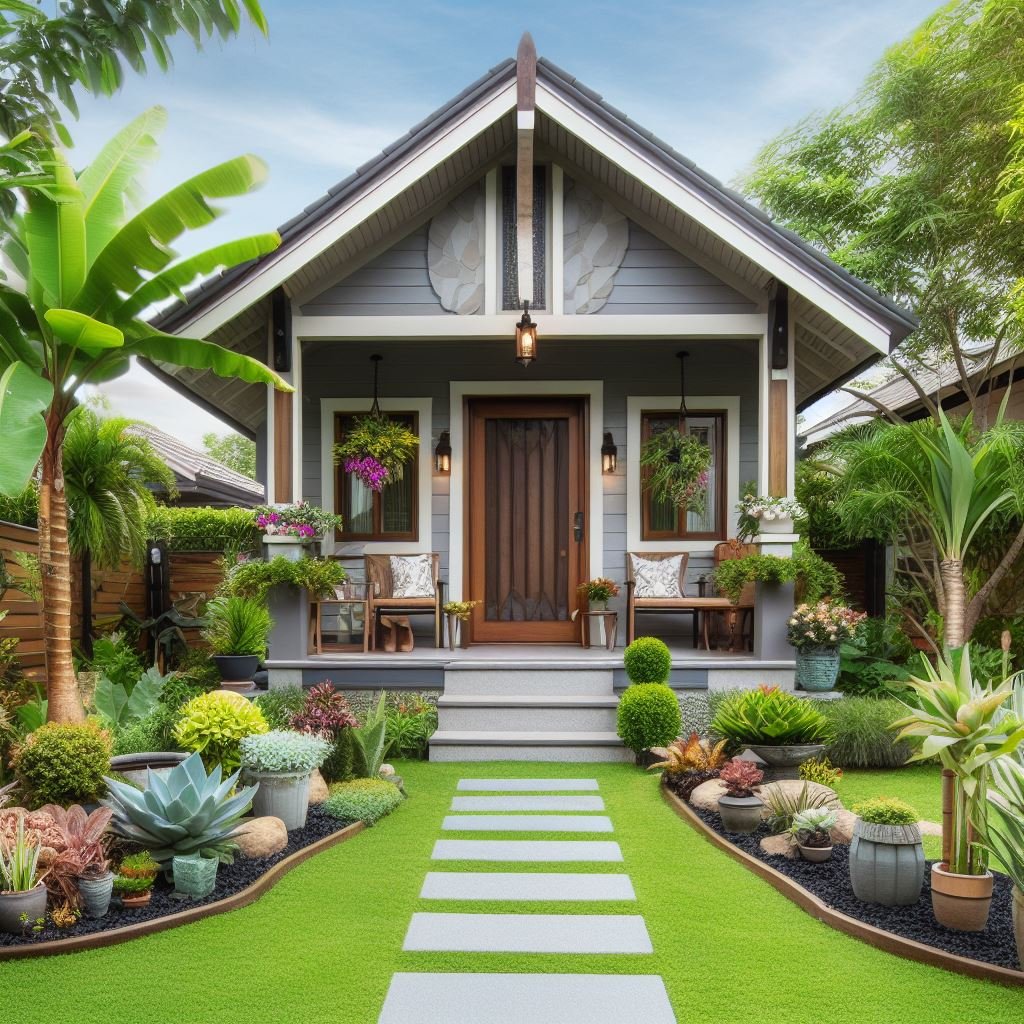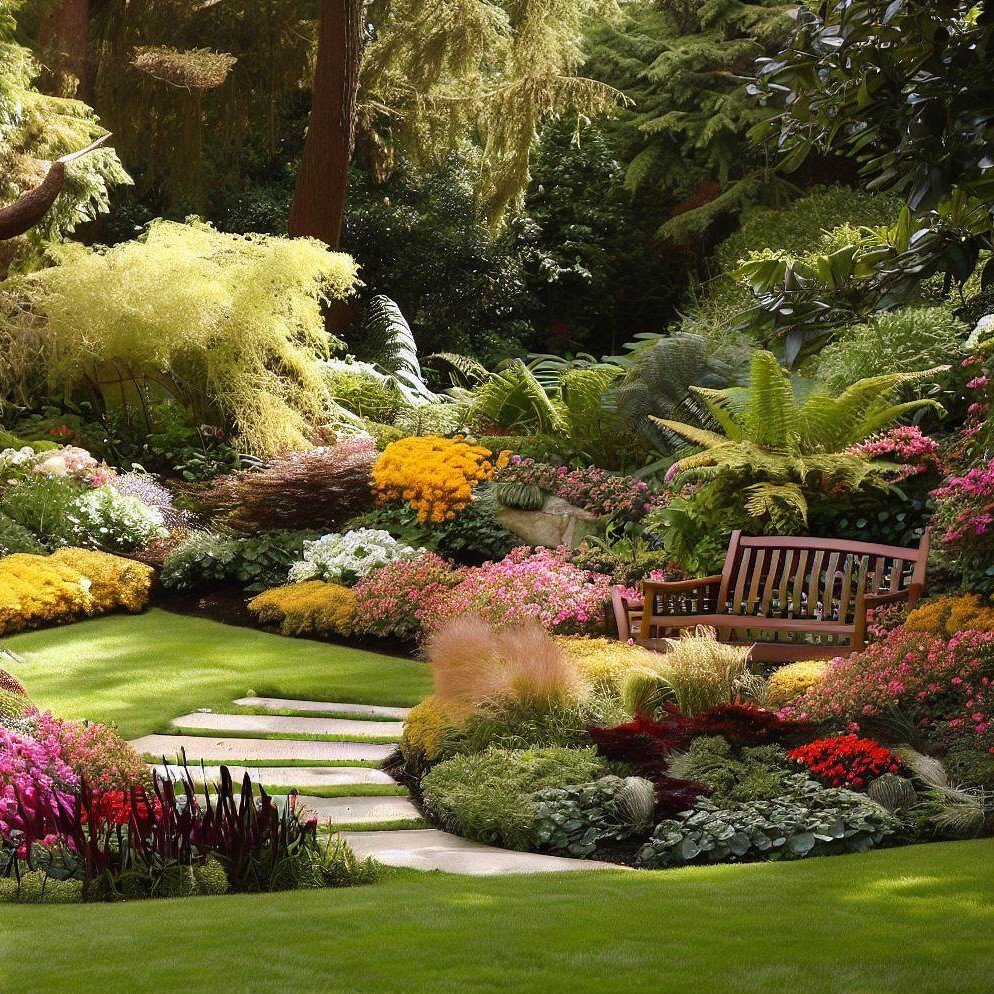How Can You Decorate Your Garden for Different Seasons?
Transform your garden year-round with creative seasonal decor ideas, from vibrant spring blooms to cozy winter accents.
As the seasons change, a garden can transform into a reflection of nature's beauty with the right decorations. Each season offers unique opportunities to enhance your outdoor space and create an inviting atmosphere. By emphasizing colors, textures, and themes associated with each time of year, a garden can become a dynamic and ever-evolving landscape.
In spring, blooming flowers and vibrant colors can usher in a feeling of renewal. Consider planting bulbs and using pastel-colored accessories to highlight the freshness of the season. Summer invites the use of bold, bright elements such as sun-loving flowers and playful garden ornaments, creating a lively and cheerful environment.
Autumn brings opportunities to incorporate rich, warm hues and natural materials like pumpkins, hay bales, and fallen leaves. Winter, often seen as a dull time, can shine with evergreen decorations and strategically placed lights to illuminate the frosty beauty. Adaptability is key to loving your garden year-round.
Design Principles for Seasonal Garden Decor
Careful planning and an appreciation for elements like color, texture, and focal points can transform a garden with each season. By balancing the permanence of certain features with the transient nature of seasonal changes, a garden can become a year-round delight.
Understanding Color and Texture
Color and texture are crucial for seasonal transformation. In spring, bright tulips and daffodils bring lively colors. During summer, lush greenery and vibrant flowers such as roses dominate. Autumn introduces warm hues with chrysanthemums and ornamental grasses. Winter decor can include evergreen shrubs and red berries.
Texture is just as important. Textured foliage like silver sage or lamb's ear contrasts beautifully with smooth petals or vibrant garden decor. Mixing coarse and fine textures adds depth and interest, enhancing the visual appeal through the changing seasons.
Incorporating Focal Points
Focal points anchor the garden visually and can be adapted to suit different seasons. A garden sculpture, fountain, or a striking tree serves as a year-round anchor. Seasonal elements such as a festive wreath in winter or lanterns in summer can refresh these focal points.
Careful placement of focal points draws the eye and creates interest. Pairing these with seasonal flowers or decor enhances their effectiveness. Whether it’s a bench, water feature, or a particularly striking plant, these features guide the viewer's perspective and sustain the garden’s aesthetic appeal throughout the year.
Balancing Permanence with Change
Successful garden decor balances permanent elements with seasonal changes. Permanent features might include paths, benches, or perennials that offer structure and continuity. Seasonal plants and decorations then add dynamic elements that change with the weather and holiday cycles.
Flexible decor choices, such as pots that can be replanted each season or removable garden ornaments, allow for easy updates. This balance ensures that the garden remains fresh and exciting, while still retaining a coherent design. By cleverly integrating both permanent and seasonal aspects, the garden evolves with grace and appeal year-round.
Spring Garden Embellishment
Spring brings a burst of life and color, making it the perfect season to refresh your garden. Choosing the right plants and adding accessories enhance the vibrancy and charm of a spring garden.
Selecting Spring Plants
During spring, one should focus on plants that offer a variety of colors and textures. Bulbs like tulips and daffodils are classic choices, providing vivid hues. Perennials such as peonies or irises offer both beauty and resilience. Consider shrubs like lilacs that not only add structure but also a delightful fragrance.
When selecting plants, consider the garden's conditions. Some plants thrive in sunny spots, while others prefer partial shade. Soil type is also important; check for drainage to ensure the plants grow well. By forming a balanced selection, one can achieve a harmonious and colorful display in the garden.
Garden Accessories for Spring
Incorporating accessories can further elevate the garden's appeal. Birdbaths and birdhouses invite wildlife, adding movement and sound to the garden. Garden statues or sculptures create focal points and reflect personal style. These can be arranged to lead the eye through the garden space.
Lighting is another vital element, with solar lights being an eco-friendly choice. They illuminate pathways and highlight plant features, adding magic to evening views. Planters provide options for adding height and additional layers of color. Varied materials and designs in planters allow for a customized look that complements the overall garden theme.
Summer Garden Enhancements
Enhancing your garden for summer involves focusing on vibrant blooms, strategic lighting, and comfortable furniture. These elements transform outdoor spaces into inviting retreats.
Maximizing Summer Blooms
Summer is the time to highlight vivid colors and lush growth. Choosing the right plants is crucial for a thriving garden. Perennials like daylilies and coneflowers provide continuous color, while annuals such as marigolds and zinnias add vibrant accents.
Consider a mix of flowering shrubs and ornamental grasses to add texture and structure. Ensure plants receive adequate water and use mulch to retain moisture. Pruning and deadheading also encourage new blooms throughout the season.
Planting in clusters can create striking visual impact, drawing attention to focal points across the garden. Those in warmer climates may choose drought-tolerant species to withstand heat stress. This approach ensures a stunning display all season long.
Outdoor Lighting
Effective outdoor lighting extends the usability of garden spaces into the evening, enhancing both aesthetics and safety. Solar-powered stake lights are eco-friendly and easy to install along pathways.
String lights draped across trees or garden structures add a whimsical touch. Lanterns and LED flameless candles provide ambient lighting on tables and seating areas. Spotlights can highlight specific features like water elements or statues.
Placement should focus on key areas such as seating spaces, walkways, and significant plants. Adjust lighting angles for soft illumination rather than harsh glare. Using a variety of light types can prevent monotony, contributing to a well-lit, inviting atmosphere.
Summer Garden Furniture
Selecting the right furniture enhances comfort and functionality in garden spaces. Weather-resistant materials such as teak, wrought iron, or synthetic wicker endure summer conditions. Cushions covered with fade-resistant fabrics add comfort.
Modular seating arrangements allow flexibility for hosting gatherings or intimate settings. Folding tables and chairs make for easy storage and adaptability. Consider hammocks or lounge chairs for relaxation zones.
Position furniture under pergolas or large umbrellas for shade. This setup ensures comfort even during peak sun hours. Accessorizing with outdoor rugs and throw pillows introduces color and personality, complementing other garden enhancements.
Autumn and Winter Garden Decor
Seasonal garden decoration involves more than just adding festive touches. In autumn and winter, using evergreens offers vibrant appeal, while adding structural elements enhances visual interest during the colder months. Additionally, preparing for holidays creates a welcoming atmosphere in the garden.
Preparing for the Festive Season
Add some Christmas lights to bring warmth and cheer to your garden. String them along fences, trellises, or wrap them around tree trunks to create a cozy environment. Consider placing lanterns or solar-powered lights along pathways.
Install decorative elements like wreaths made from twigs, berries, and pine branches. They can be hung on gates or doors. Seasonal decorations provide a welcoming touch, enhancing your garden's allure.
Important tip: Ensure all electronic decorations are weatherproof to sustain exposure to wet and cold conditions.
Choosing Evergreens for Year-Round Interest
Evergreens maintain their foliage throughout the year, adding color and texture to a winter garden. Opt for varieties such as hollies, junipers, and boxwoods. These not only offer green hues but can provide their own unique shapes and structures.
Consider adding dwarf conifers to offer different heights and textures. Planting evergreens in groups can create a full, lush look. Use a selection with variegated foliage or colorful berries for an added visual impact in the colder months.
When selecting plants, choose species that are well-suited to the local climate to ensure they thrive.
